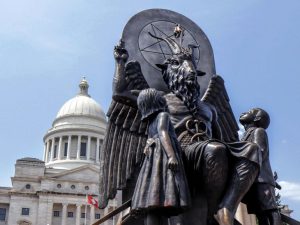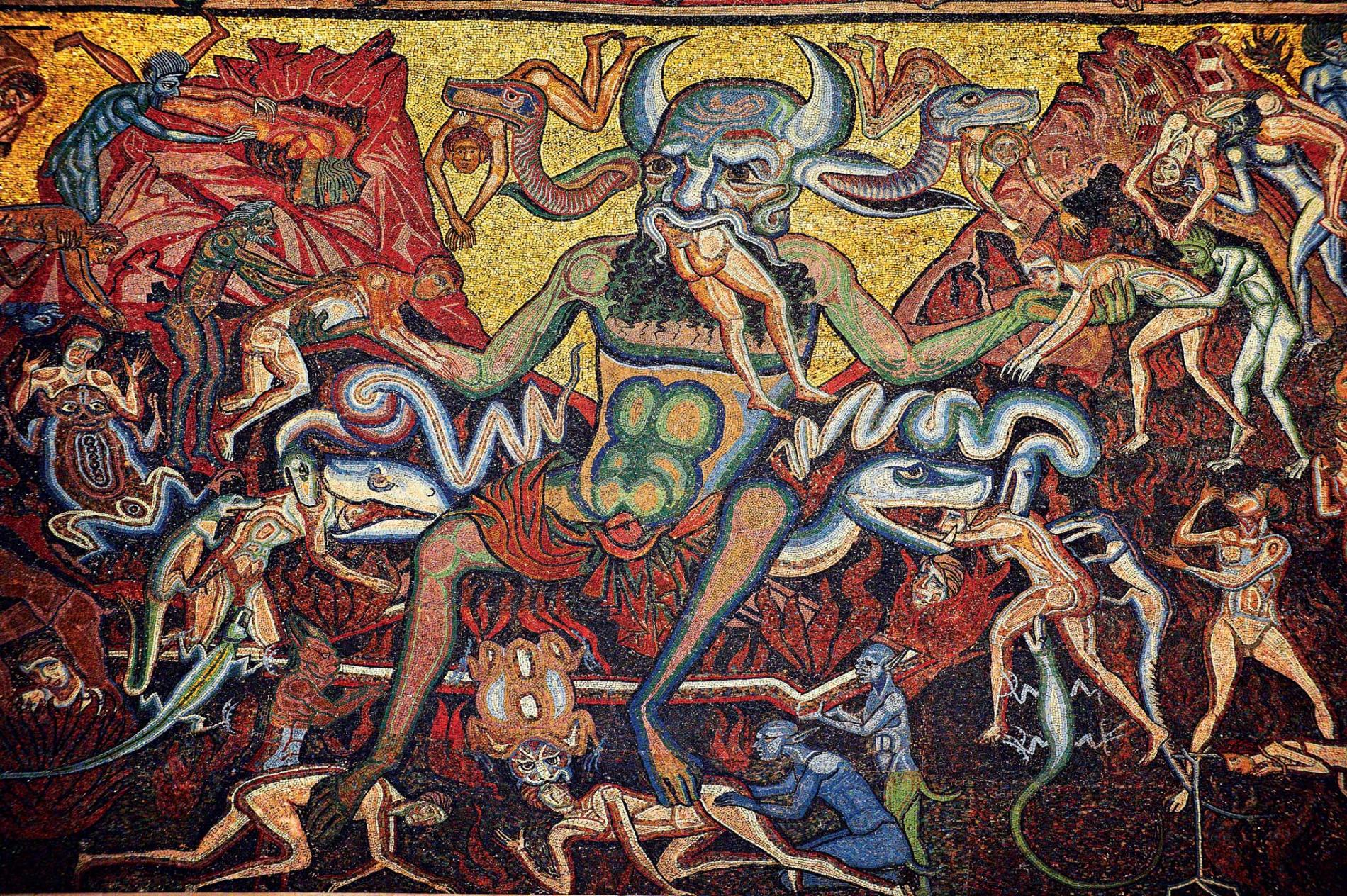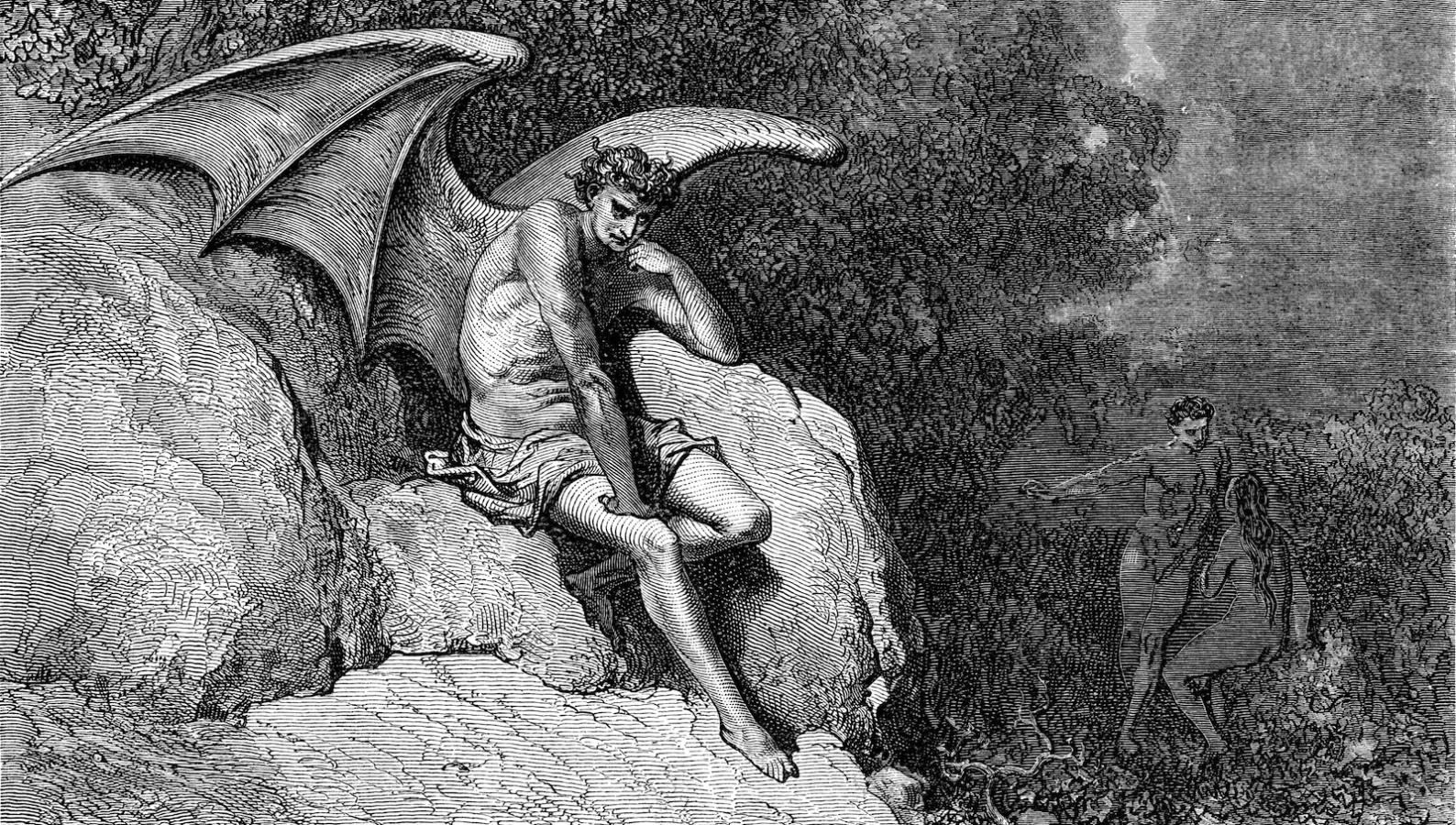
In Judaism, Satan is typically regarded as a metaphor for the yetzer hara, the evil inclination (or as an agent subservient to God).
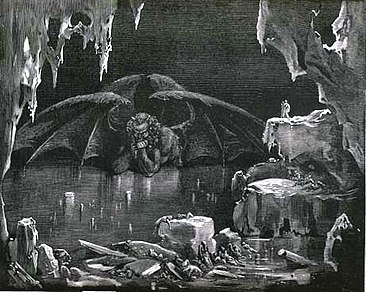
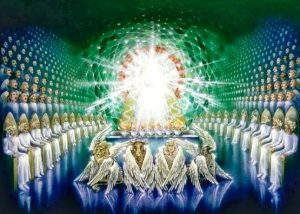
Early on, satan was simply a word meaning adversary. In the Book of Samuel, David is depicted as the satan of the Philistines. In the Book of Numbers, it is used as a verb, when God sent an angel to satan (oppose) Balaam.

In the New Testament, Satan is established as a nemesis of Jesus Christ and the final book of the Bible, Revelations, he is the ultimate evil.

The words “Satanism” and “Satanist” appeared in English and French during the 1500s, when the words were used by Christian groups to attack other, rival Christian groups. For example, a Roman Catholic tract in 1565 condemned the “heresies, blasphemies, and sathanismes [sic]” of Protestants. Anyone who didn’t follow one’s own “pure” Christian views was condemned.
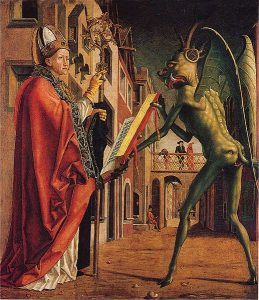

According to online sources, during the early modern period, fear of Satanists took the form of witch trials (1400s to 1700s, which doesn’t seem all that modern to me, but hey, witch hysterias, and the inquisition). Across both Protestant and Catholic regions, witch trials emerged. Between 30,000 and 50,000 people were executed as Satanic witches.
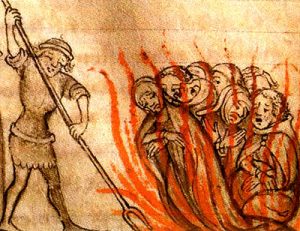
Skipping lightly past offshoots and variations, prior to the 20th Century, Satanism did not exist as a real, organized religion. Satanism is a modern, largely non-theistic religion based on literary, artistic, and philosophical interpretations of the central figure of evil. It wasn’t until April 30, 1966 that the Church of Satan was formalized.
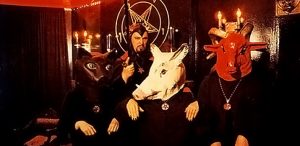
Anton LaVey’s Satanic Bible was published in 1969. His teachings promoted indulgence, vital existence, undefiled wisdom, kindness to those who deserve it, responsibility to the responsible, and an eye for an eye code of ethics. In his view, a Satanist is carnal, physical and pragmatic, enjoying a physical existence, propagating a naturalistic worldview that seems human as animals dieting in an amoral universe. The ideal Satanist should be individualistic and noon-conformist. He encouraged an individual’s pride, self-respect, and self-realization by satisfying the ego’s desires. Self-indulgence is a good thing. He said hate and aggression are necessary and advantageous for survival. Bottom line: he praised the seven deadly sins as virtues.

It was recognized as a religion of the U.S. government in 2016, receiving tax-exempt status.
